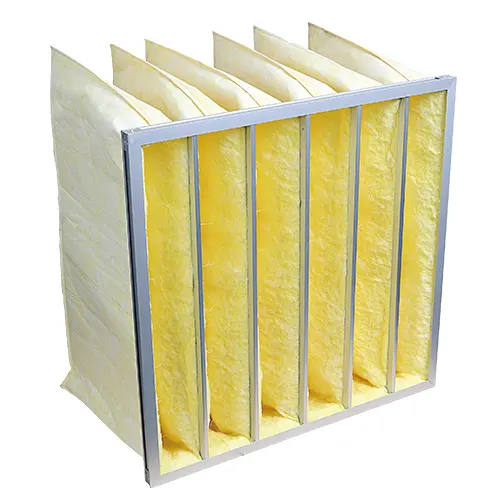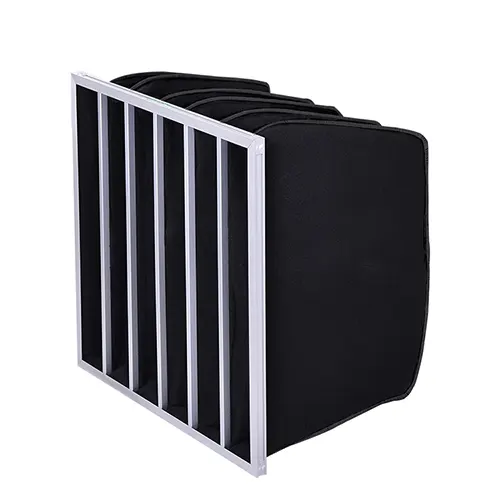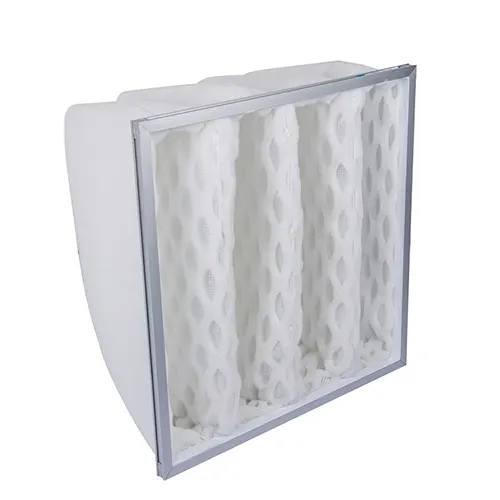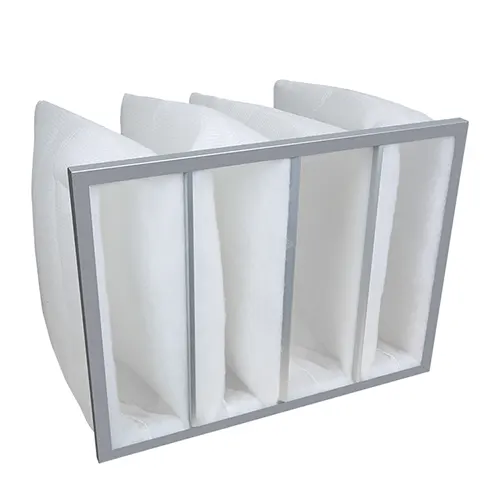Efficiency and Performance Standards for Pocket Filters
Characterized by their distinctive pocket-shaped design, pocket filters effectively trap a wide array of particulate matter. The unique structure of pocket filters allows for a larger surface area, enhancing their dust-holding capacity and making them highly efficient for use in HVAC systems.
Their ability to maintain airflow while minimizing pressure drop across the system underscores their importance in ensuring clean, breathable air, which is crucial for creating healthy indoor environments.
Pocket filters’ efficiency and performance are defined by standards like MERV in the U.S. and EN 779 or ISO 16890 in Europe, which assess their particle capture capabilities. These benchmarks facilitate the selection of filters suited to specific needs and ensure they enhance indoor air quality and protect HVAC systems.
Understanding Pocket Filter Efficiency
The efficiency of a pocket filter is determined by its ability to trap and retain airborne particles of varying sizes, from large dust particles and pollen to finer substances like mold spores and bacteria.
An efficient pocket filter not only captures a high percentage of these contaminants but does so while maintaining optimal airflow through the HVAC system. This balance is crucial; a filter that captures nearly all particles but restricts airflow too much can be as problematic as a filter that allows too much to pass through.
Efficiency in pocket filters is measured through standardized testing methods that assign a rating to each filter based on its particle capture rate.
In the United States, this rating is often denoted by the Minimum Efficiency Reporting Value (MERV), which ranges from 1 to 16, with higher numbers indicating a greater ability to filter fine particles. Similarly, international standards like EN 779 (predominantly in Europe) and ISO 16890 provide a framework for evaluating and comparing the performance of air filters.
These tests simulate real-world conditions to ensure that a filter’s rated efficiency translates into effective performance in actual use, making it easier for consumers and professionals to select the right filter for their specific air quality needs.
CleanLink employs TOPAS as a means to ensure all our products adhere to rigorous standards and, most importantly, provide customers with optimal air filters.
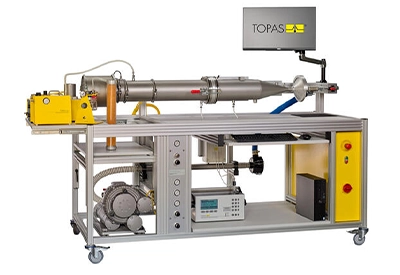
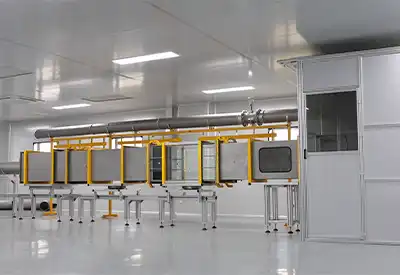
Navigating Performance Standards and MERV Ratings for Pocket Filters
These classifications play a pivotal role in distinguishing filters based on their particle capture efficiency within specific size ranges, catering to diverse air quality requirements across various settings.
The significance of MERV ratings in the context of pocket filter performance cannot be overstated. A higher MERV rating reflects a filter’s enhanced ability to trap finer particles, a feature of paramount importance in environments demanding high levels of air purity, such as hospitals and laboratories.
This rating system empowers facility managers and homeowners to make informed decisions, selecting filters that align with their specific air quality goals. Understanding and leveraging these ratings and standards ensure not only the maintenance of healthy indoor environments but also the optimization of filter performance in line with the unique demands of each application.
Conclusion
Efficiency and performance standards serve as the foundation upon which the efficacy of pocket filters is built. They are not just guidelines but essential tools that ensure the health and well-being of individuals in various environments. As the standards evolve, staying informed is key to maintaining the sanctity of indoor air quality.
